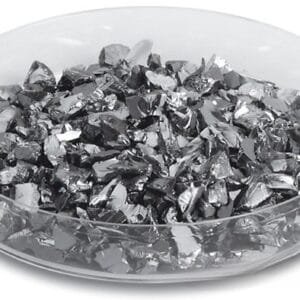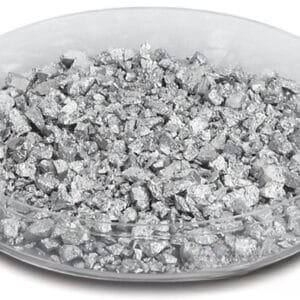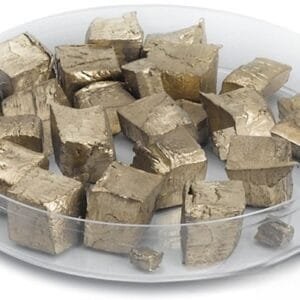| Material Type | Selenadiarsirene |
| Symbol | As2Se |
| Melting Point (°C) | |
| Theoretical Density (g/cc) |
| Z Ratio | |
| E-Beam | |
| E-Beam Crucible Liner Material | |
| Temp. (°C) for Given Vap. Press. (Torr) | |
| Comments |
Selenadiarsirene Pellet Evaporation Material
TFM offers high-purity Selenadiarsirene Pellet Evaporation Material, designed for thin-film deposition in advanced semiconductor, optoelectronic, and photovoltaic applications. This material is known for its unique electronic and optical properties, making it an essential component for infrared detectors, solar cells, and thin-film transistors.
Optimized for thermal evaporation and electron beam (E-beam) evaporation, Selenadiarsirene Pellet Evaporation Material ensures uniform film formation with high purity, superior adhesion, and minimal impurities.
Key Features and Advantages
High Purity & Precise Composition: Ensures optimal material performance for semiconductor and optical applications.
Exceptional Optical & Electronic Properties: Offers high carrier mobility and strong infrared absorption, making it ideal for IR sensors and photovoltaic devices.
Superior Thin-Film Uniformity: Produces dense, defect-free coatings with excellent substrate adhesion.
Thermal & Chemical Stability: Maintains structural integrity under high-temperature processing conditions.
Customizable Material Properties: Available in various purity levels and pellet sizes to meet specific application needs.
Applications
Infrared & Optical Sensors: Used in thermal imaging cameras, IR photodetectors, and optical communication devices.
Photovoltaic & Solar Energy Devices: Supports high-efficiency solar cells for next-generation energy solutions.
Semiconductor & Optoelectronic Devices: Plays a crucial role in LEDs, laser diodes, and advanced electronic components.
Thin-Film Transistors (TFTs): Provides stable and efficient performance in modern circuit designs.
Industry Impact and Customization
TFM’s Selenadiarsirene Pellet Evaporation Material supports cutting-edge thin-film deposition technologies, offering customized solutions for optoelectronics, semiconductor manufacturing, and energy applications. Our advanced processing techniques ensure high purity, precise stoichiometry, and excellent film quality, making it a reliable choice for high-tech industries.
With its exceptional electrical, optical, and thermal properties, TFM’s Selenadiarsirene Pellet Evaporation Material is a key material for innovative thin-film coatings, delivering superior performance and efficiency across multiple advanced applications.


 MSDS File
MSDS File



Reviews
There are no reviews yet.